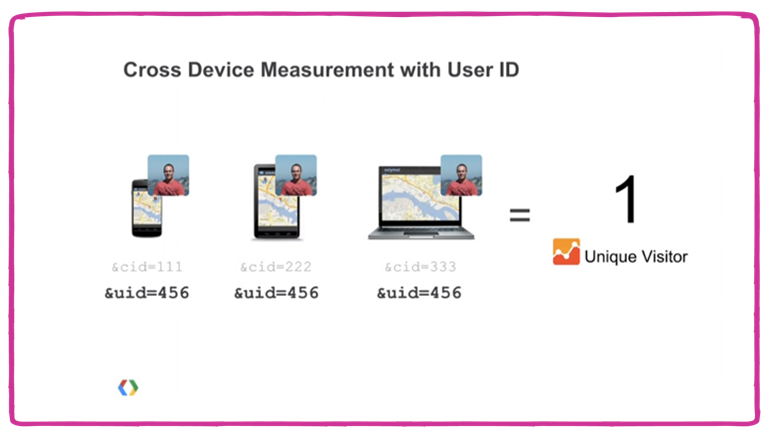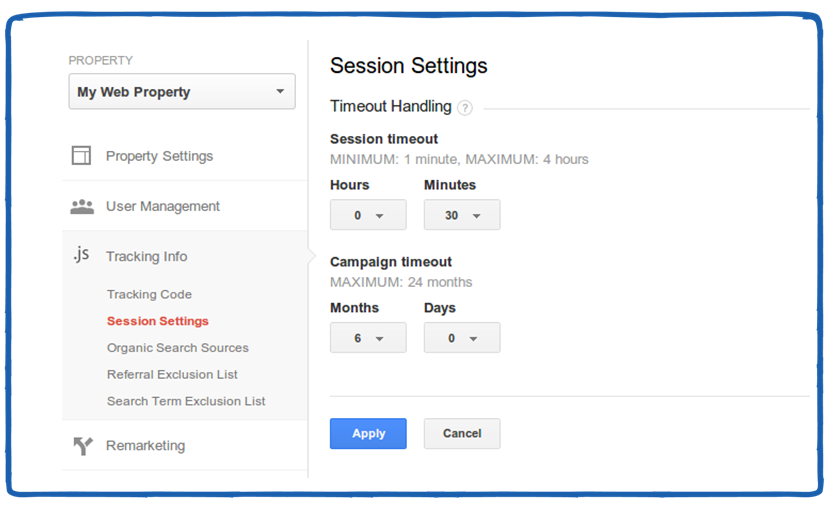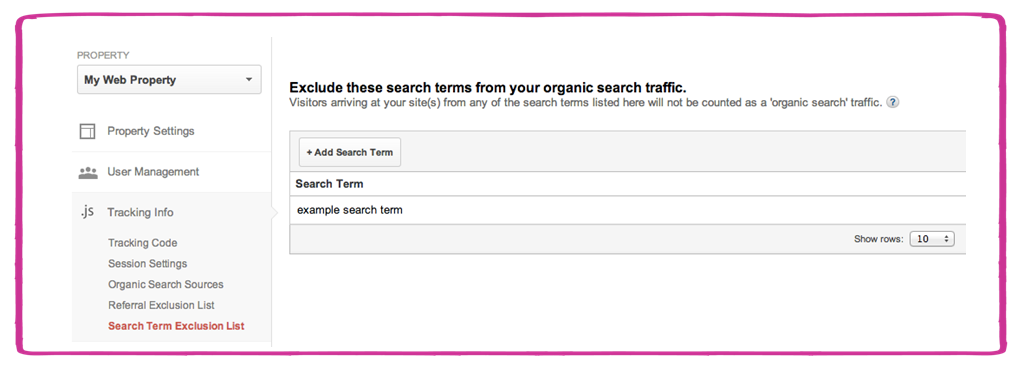Strictly from the look of things, you wouldn’t really notice any major differences between Classic Analytics (GA) vs the new Universal Analytics (UA) interface. But we all know “you shouldn’t judge a book by its cover,” and it holds true when it comes to this new version of Google Analytics.
A little backstory: Google rolled out Universal Analytics to some users within the past few years, but is now making it the operating standard. It has a wealth of new features to track users, but requires some up-front dev work.
With UA, you can expect new features, more control over settings and more opportunities for customized data sets to improve your content marketing. In addition to what GA provides, here’s what Universal Analytics offers:
Multi-platform tracking, online/offline tracking
Perhaps the most interesting and crucially important difference is the User ID feature. Whereas Classic Analytics is more of a visit oriented tool, UA is a visitor based tool where you now you have the ability to track the behaviors of visitors across several platforms and devices. Basically, you’ll now be able to track user activity on any web-enabled device.
For example, let’s say a user accesses Twitter on a smartphone before work, then uses Facebook during work on a desktop computer, before returning home in the evening to watch TV as well as post to LinkedIn from a tablet. The issue for Classic Analytics is that if any of the above activities drove visits to your site, they’d all be treated as different visitors and it wouldn’t know that it was actually the same person visiting from different devices.
As eConsultancy notes: “It stitches user data together across platforms and devices, and can track activity on any web-enabled device. That includes websites, mobile apps and point-of-sale systems, which means that Universal Analytics can track offline conversions too.”
When we say that UA lets us merge offline data, we mean things like cash registers, game consoles, the point of purchase (POP), the shopping trolley, loyalty cards and so on. The aim is to alter the way that data is collected and organized in this ever-evolving online world of multiple platforms.
Customize organic search sources
If a search engine isn’t recognized by Google, the traffic will come up as referral. With this new tool, you can add search engines to UA to be tracked correctly as organic, not referral.
Google Analytics tracks many different search engines by default, this feature lets you reorder the search engine list to prioritize how visits are attributed without the need to update any code.
Session and campaign timeout
Universal Analytics now offers options in the admin section that were previously only accessible through the development environment. A session dictates how long a visit lasts and its default setting was previously 30 minutes. (If a visitor didn’t generate any new data within 30 minutes, the next piece of data they generate would be considered part of a new visit.) In UA, you can change the duration of the session to anything between 1 minute to 4 hours.
For Campaign Timeouts, you can set how long campaigns are expected to run within the admin interface instead of having to add special codes to your website. This would be most useful when it comes to shorter campaigns. Consider a quick social media one-pager contest, clicks might not be relevant for more than a few days after the launch if submissions are due by next week, so you may want the campaign timeout to be seven days vs. six months.
Referral exclusions
You’re able to exclude specific domains from being recognized as referral traffic sources in your Analytics reports. For example, you probably don’t want customers being counted as a new session or referral when they return to the main site after checking out from a third-party shopping cart.
Search term exclusions
It’s possible a lot of your site traffic comes from branded keywords, which really means people are using Google as a navigational tool – and those visits shouldn’t be counted as search traffic. By excluding search terms, any traffic that uses the specified branded phrases will be classified as direct traffic, not organic search traffic.
Mobile App Analytics
Mobile App Analytics captures mobile app-specific usage data and integrates it with your Google Analytics account.
Custom dimensions & metrics
In Universal Analytics, you can set custom dimensions (hit, session, visitor level) and custom metrics (integer, currency or time.)
With Classic Analytics you had to jump through more hoops to get access to this kind of information. Now, when you make the initial time investment to set up Universal Analytics, you get access to a more holistic picture of your customers’ journey – which can better inform your content strategy and make you more successful through informed, data driven decisions.
“Universal Analytics is the new operating standard for Google Analytics. All accounts will soon be required to use Universal Analytics.”
Ready to get started? Check out our guide: Why and How You Should Upgrade




